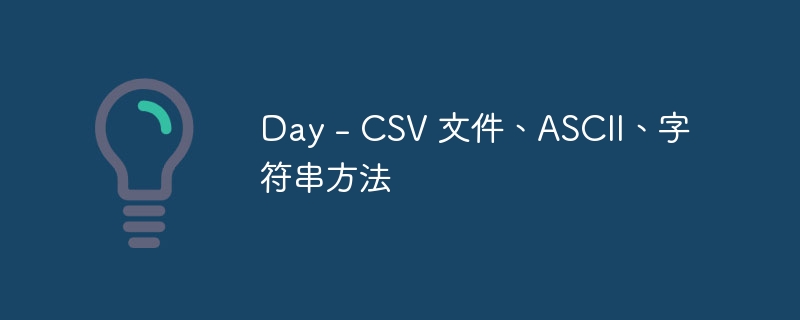
csv(逗号分隔值):
csv 文件代表一行,行内的每个值都用逗号分隔。
csv 文件看起来像 excel,但 excel 文件只能在 excel 软件中打开。
csv 文件用于所有操作系统。
我们可以打开以下两种格式的csv文件。
f =open("sample.txt", "r")
with open("sample.txt",’r’) as f:
r-读
打开文件进行读取。文件必须存在。
w-写
打开文件进行写入。创建一个新文件或覆盖现有文件。
rb-读取二进制
这用于读取二进制文件,如图像、视频、音频文件、pdf 或任何非文本文件。
store.csv
player,score virat,80 rohit,90 dhoni,100
import csv
f =open("score.csv", "r")
csv_reader = csv.reader(f)
for row in csv_reader:
print(row)
f.close()
['player', 'score'] ['virat', '80'] ['rohit', '90'] ['dhoni', '100']
ascii:
ascii 代表美国信息交换标准代码。
ascii 表:
48-57 - 数字(数字 0 到 9)
65-90 - a-z(大写字母)
97-122 - a-z(小写字母)
使用 ascii 表的模式程序:
for row in range(5):
for col in range(row+1):
print(chr(col+65), end=' ')
print()
a a b a b c a b c d a b c d e
for row in range(5):
for col in range(5-row):
print(chr(row+65), end=' ')
print()
a a a a a b b b b c c c d d e
使用 for 循环:
name = 'pritha'
for letter in name:
print(letter,end=' ')
p r i t h a
使用 while 循环:
name = 'pritha'
i=0
while i<len(name):
print(name[i],end=' ')
i+=1
p r i t h a
字符串方法:
1.大写()
python中的capitalize()方法用于将字符串的第一个字符转换为大写,并将所有其他字符转换为小写。
txt = "hello, and welcome to my world." x = txt.capitalize() print (x)
hello, and welcome to my world.
使用 ascii 表编写大小写程序:
txt = "hello, and welcome to my world."
first = txt[0]
first = ord(first)-32
first = chr(first)
print(f'{first}{txt[1:]}')
hello, and welcome to my world.
2.casefold()
python 中的 casefold() 方法用于将字符串转换为小写。
txt = "hello, and welcome to my world!" x = txt.casefold() print(x)
hello, and welcome to my world!
使用 ascii 表编写一个折页程序:
txt = "hello, and welcome to my world!"
for letter in txt:
if letter>='a' and letter<'z':
letter = ord(letter)+32
letter = chr(letter)
print(letter,end='')
hello, and welcome to my world!
3.count()
python 中的 count() 方法用于统计字符串中子字符串的出现次数。
txt = "i love apples, apple is my favorite fruit"
x = txt.count("apple")
print(x)
2
为给定的键编写一个计数程序:
txt = "i love apples, apple is my favorite fruit"
key="apple"
l=len(key)
count=0
start=0
end=l
while end<len(txt):
if txt[start:end]==key:
count+=1
start+=1
end+=1
else:
print(count)
2
编写一个程序来查找给定键的第一次出现:
txt = "i love apples, apple is my favorite fruit"
key="apple"
l=len(key)
start=0
end=l
while end<len(txt):
if txt[start:end]==key:
print(start)
break
start+=1
end+=1
7
编写一个程序来最后一次出现给定的键:
txt = "i love apples, apple is my favorite fruit"
key="apple"
l=len(key)
start=0
end=l
final=0
while end<len(txt):
if txt[start:end]==key:
final=start
start+=1
end+=1
else:
print(final)
15
任务:
for row in range(4):
for col in range(7-(row*2)):
print((col+1),end=" ")
print()
1 2 3 4 5 6 7 1 2 3 4 5 1 2 3 1
for row in range(5):
for col in range(5-row):
print((row+1)+(col*2),end=" ")
print()
1 3 5 7 9 2 4 6 8 3 5 7 4 6 5
以上就是Day - CSV 文件、ASCII、字符串方法的详细内容,更多请关注知识资源分享宝库其它相关文章!
版权声明
本站内容来源于互联网搬运,
仅限用于小范围内传播学习,请在下载后24小时内删除,
如果有侵权内容、不妥之处,请第一时间联系我们删除。敬请谅解!
E-mail:dpw1001@163.com



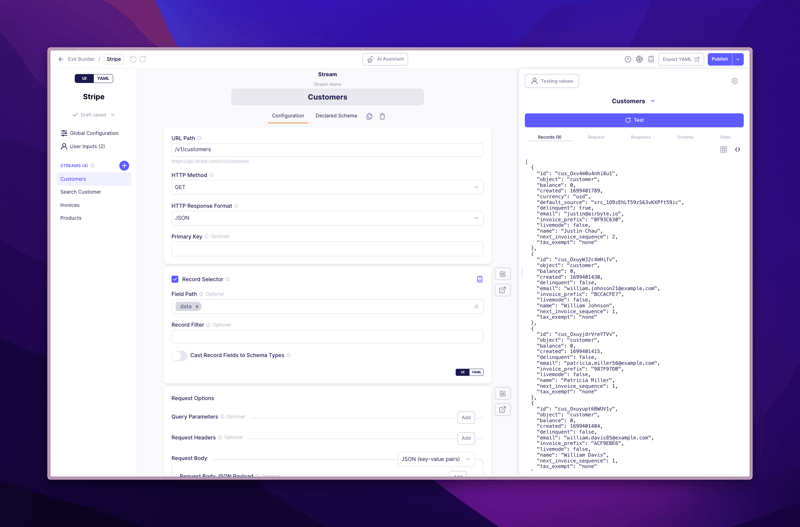
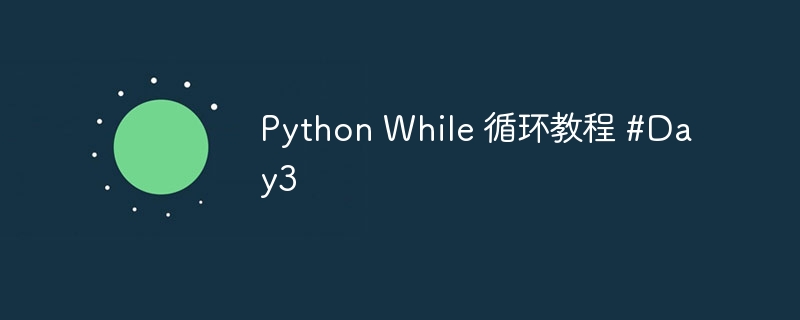
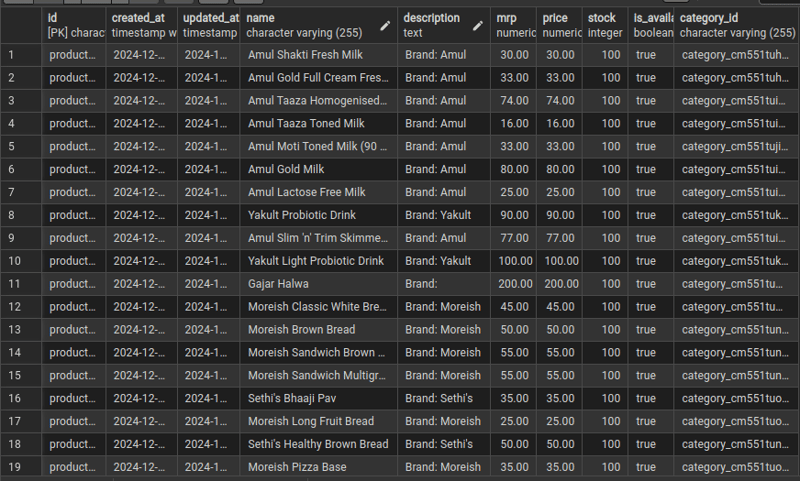



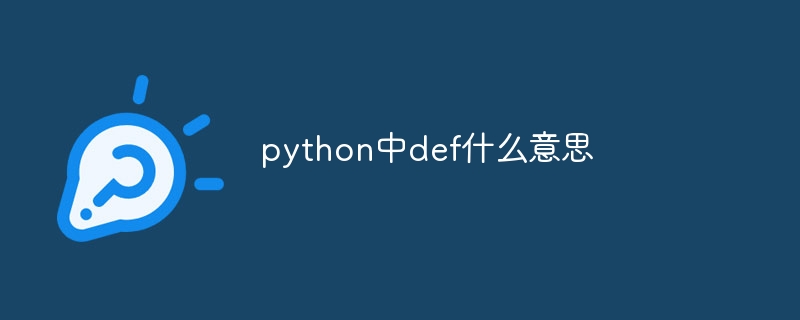

发表评论